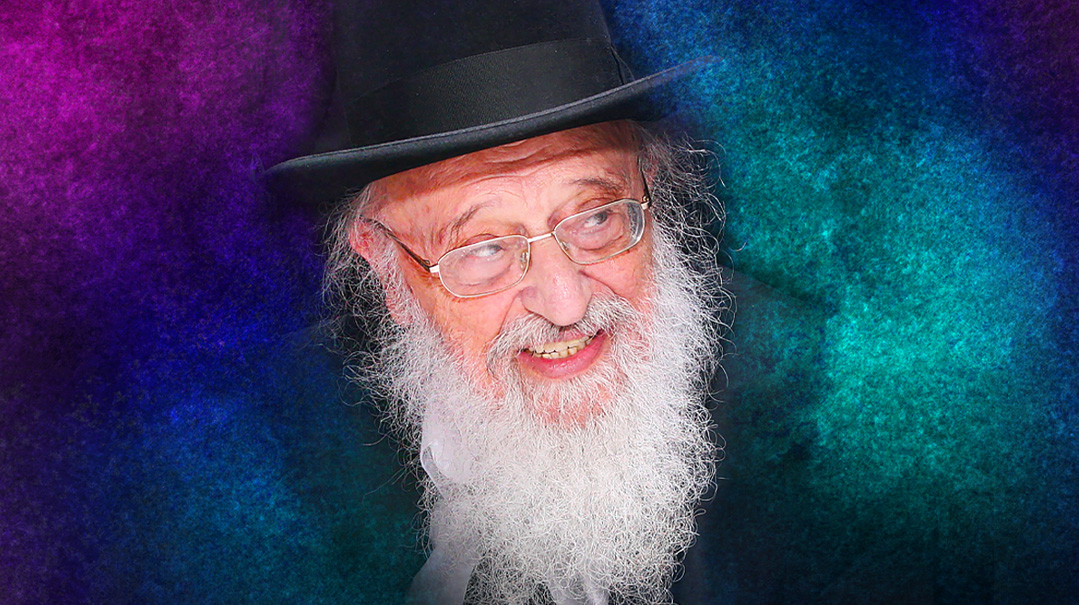Hear the Music

Rav Meir Tzvi Bergman travels across the ocean to celebrate those who learn and live Torah

Photos Mattis Goldberg
In Yerushalayim, lineage means a great deal.
The families of Meah Shearim glory in the great deeds of ancestors they’ve never seen; the clever women choosing tomatoes in the shuk near the Yeshuas Yaakov Shul can identify familial traits that run back generations in a child just two years old.
And in that city of distinction, the Jerusalem of a century ago, the Bergmans were aristocracy. Residents of the Old City for seven generations, they were eineklach of Rav Avrohom Shag-Zwebner, the talmid of the Chasam Sofer who left his position as Rav of Kobersdorf to ascend to Yerushalayim, prompting his devoted talmid Rav Yosef Chaim Sonnenfeld to follow. They were eineklach of Rav Eliezer Bergman, one of the earliest builders of the Holy City. The Kollel Ho”d (Holland and Deutschland, whose immigrants the kollel would serve), which he established in 1838, built housing and raised significant sums for the Jews of the city.
Along with the rich lineage, there was something else. With the unique candor of the people of that city, my Yerushalayim-born grandmother, may she be well, recalls her cousins, the Bergmans: Aside from the scholarship and distinction, “Zei zennen gevehn hoicheh uhn sheineh” (they were tall and good-looking).
Rav Moshe Bergman was a familiar figure in the alleys of the Altshtot, the Old City, a respected member of the Perushim community, but also welcome in the courts of the chassidim as a great admirer of the tzaddik Rav Shloim’ke of Zvehil.
Along with his deep roots in the Holy City, Reb Moshe, who was versed in Kabbalah as well as the revealed Torah, also felt the pull of Meron. He often undertook the then-exhausting trip north to the mountaintop of Rabi Shimon, where he would delve into the inner dimension of Torah and fill his spiritual reserves.
He would need those reserves when he faced tragedy, not once, but twice.
On Erev Rosh Hashanah of 1934, the family was leaving Kever Rachel when an Arab driver tore down the narrow road, striking and killing four-year-old Nochum Bergman, as his parents and brother Meir Tzvi watched in horror.
Sometime later, typhus swept through Yerushalayim and Reb Moshe lost his young wife, Alta Liba Reizel, leaving him with just seven-year-old Meir Tzvi — his family of four having been reduced by half.
The great men of the Etz Chaim Yeshiva, where Meir Tzvi was a student, understood the risks that the tragedy posed for the gifted child. A few years later, they suggested that Meir Tzvi be sent to a real yeshivah ketanah, where he’d be exposed to talmidei chachamim who could broaden his horizons.
(During my conversation with the Rosh Yeshivah this week, he mentioned that period of his life and reflected, “I don’t have much to share about this, because only a yasom can understand what it means to be a yasom, Rachamana litzlan. To one who is fortunate enough to have parents, there is no point in trying to explain it.”)
Oops! We could not locate your form.







